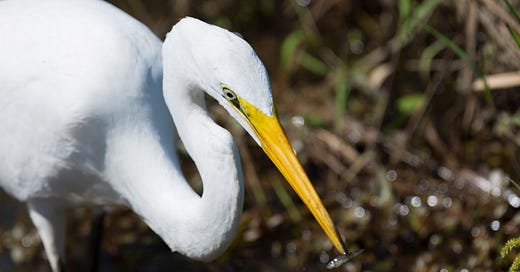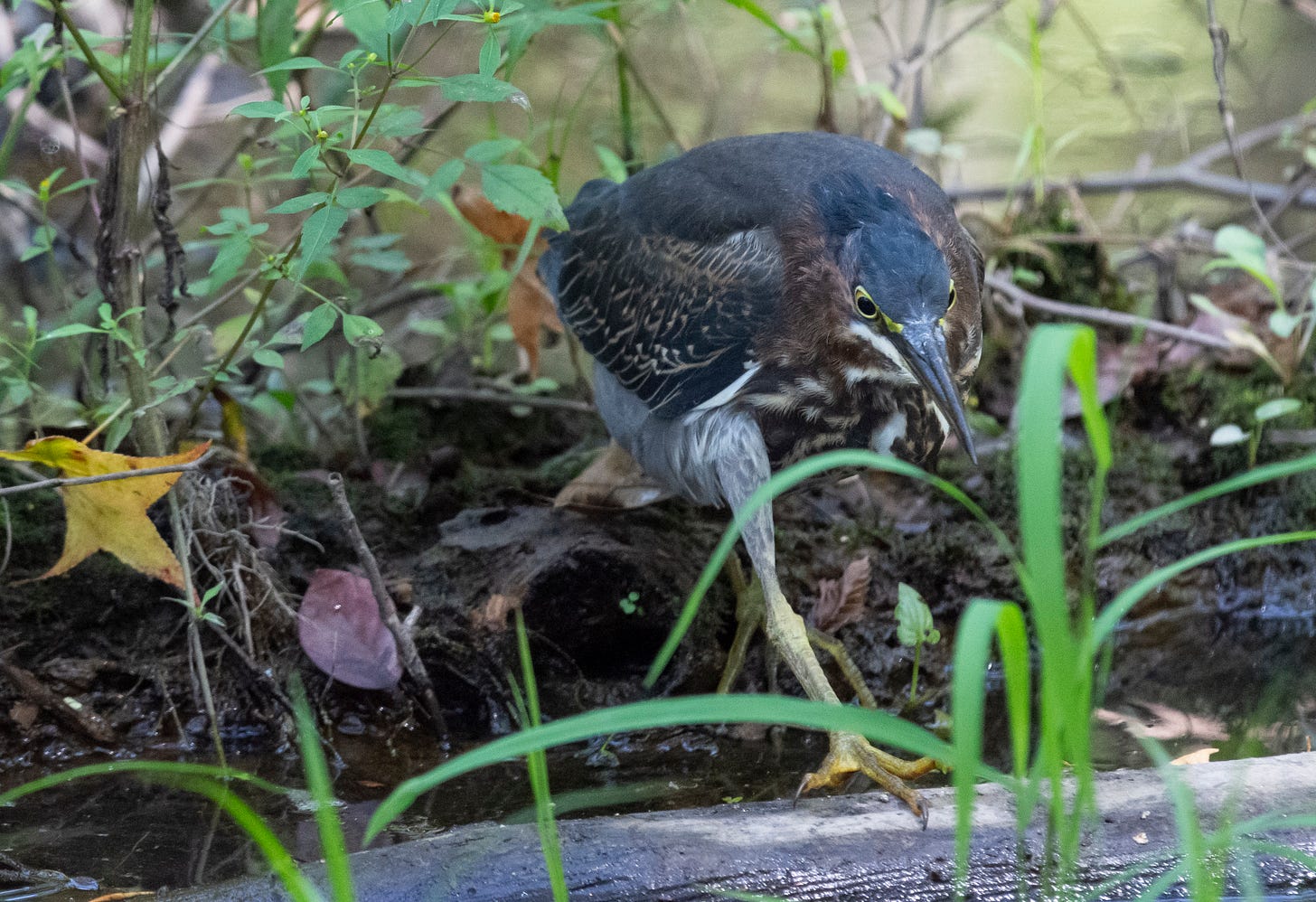According to the Jewish calendar, tonight’s sunset marks the end of the old year, and the opening of the gates, into the New Year.
What a year it’s been.
What a year it’s likely to be, going forward.
The only way I know how to approach such a time is to draw it closer; to pay more attention, not less; to try to stay in this world just when it wants to say, “don’t worry,” or “this doesn’t affect you,” or “this doesn’t matter.”
Nature helps me pay attention.
Nature like, for instance, slime mold.
I was blown away this past week by this essay on slime mold and taxonomy.
As a librarian, I’m a big fan of taxonomy, and of classification schemes in general. I’ve always loved Linneaus, who created our modern system for naming organisms.
One of the reasons I’ve always admired him is that he built in room for mistakes in his classification scheme. The heading in his taxonomy scheme, “Paradoxa,” was a grab-bag of all the mythical or unusual beasts that didn’t seem to fit anywhere else. Pelicans were listed there, and also unicorns/rhinoceroses, and also sphinxes.
As fun as this was — and Paradoxa lasted until the 6th edition of the classification system, published in 1748 — it apparently did not go far enough. It did not account for slime mold.
In her essay, Lacy M. Johnson very neatly discusses the extraordinary properties of slime molds: it is a single celled organism that “can solve mazes in pursuit of a single oat flake, and later, can recall the path it took to reach it.” If it has the resources it needs to live, it never ages and doesn’t die. It’s found on every continent. It can be cut into pieces, the pieces can live separately, and then re-joined, and the pieces can teach each other what they learned while they were apart.
Even more neatly, Johnson explores the implications of slime molds for Linneaus’ classification system. He built room for error in the shape of a unicorn; he did not build room for error in the shape of the classification scheme itself. He did not envision a thinking single-celled organism. He thought of life in a hierarchy, with “lower” animals at the bottom and humans at the top.
But what if all of that were wrong? What if there is no hierarchy of organisms? What if we each bring to the table different skills, different attributes? Every last pelican, every last sphinx, every last rhinoceros. Every last one of us.
I took a lovely walk today with my friend Diana in Huntley Meadows, where a green heron and an egret seemed quite eager for lunch.
Hope you’re all well, till next time,
WanderFinder






This was short but sweet. I just bought a pair of binoculars for bird watching and other nature exploration. You've inspired me. But I'll remember to look down at the fungi and slime mold too